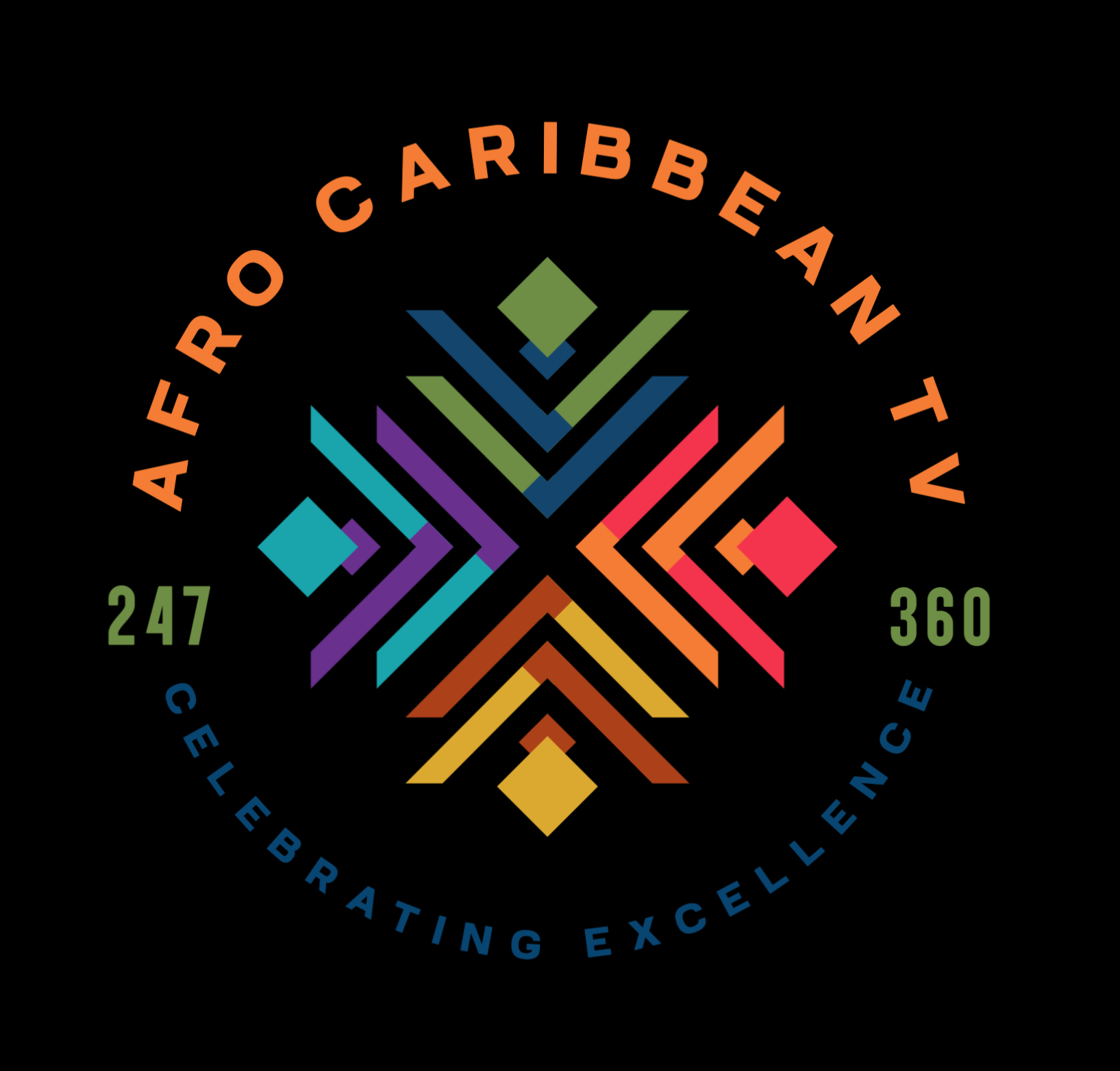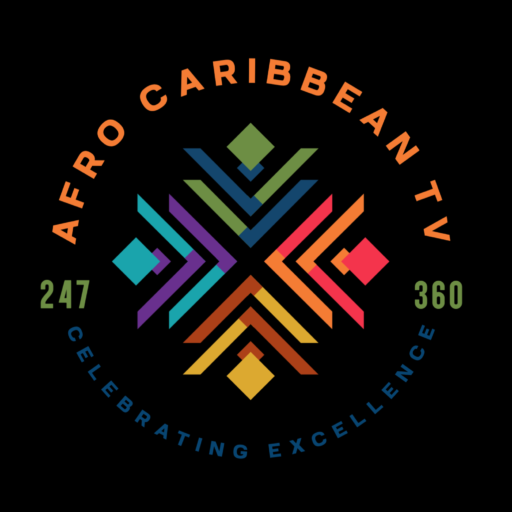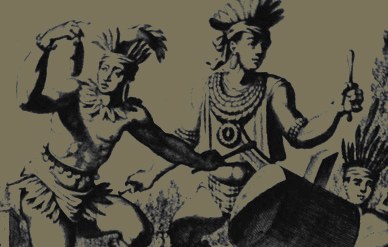Curaçao has a rich and complex history shaped by Indigenous peoples, European colonization, African enslavement, and modern Caribbean identity. Here’s an overview of the major historical periods:
Pre-Colonial Era
- Inhabitants: The island was originally settled by the Arawak peoples, specifically the Caquetío from present-day Venezuela.
- These Indigenous peoples lived by fishing, farming, and trading with nearby islands and the mainland.
Spanish Rule (1499–1634)
- 1499: Spanish explorers, including Alonso de Ojeda and Amerigo Vespucci, were the first Europeans to arrive.
- The Spanish deemed the island unprofitable for agriculture and called it “Isla Inútil” (Useless Island).
- Indigenous populations were enslaved and transported to work in Spanish colonies elsewhere.
Dutch Colonial Period (1634–20th Century)
- 1634: The Dutch West India Company seized Curaçao from Spain.
- The island’s natural harbor (Schottegat) made Willemstad a key port and military base.
- Curaçao became a center for the Atlantic slave trade, serving as a hub for enslaved Africans sold across the Americas.
- Jewish migration: In the 1650s, Sephardic Jews from Portugal and the Netherlands settled in Curaçao, founding the oldest synagogue in continuous use in the Americas—Mikvé Israel-Emanuel.
- Emancipation: Slavery was abolished in 1863, but its legacy remains deeply rooted in Curaçaoan culture and society.
20th Century Developments
- Early 1900s: The establishment of oil refineries by Royal Dutch Shell boosted the economy and brought immigration from other Caribbean islands and South America.
- 1954: Curaçao became part of the Netherlands Antilles, a semi-autonomous Caribbean entity within the Kingdom of the Netherlands.
Autonomy and Modern Era
- 2010: The Netherlands Antilles was dissolved. Curaçao became a constituent country within the Kingdom of the Netherlands (alongside Aruba, Sint Maarten, and the Netherlands).
- Curaçao now governs its own internal affairs, while defense and foreign policy are managed by the Kingdom.
Cultural Legacy
- Languages: Papiamentu—a Creole language blending Portuguese, Spanish, Dutch, and African elements—is widely spoken and symbolizes the island’s diverse heritage.
- Architecture: Dutch colonial style with Caribbean color palettes remains a signature feature, especially in Willemstad.
- Music & Identity: Tumba music, tambú (a traditional drum music), and Carnival celebrations are important cultural expressions rooted in both African and Caribbean traditions.



